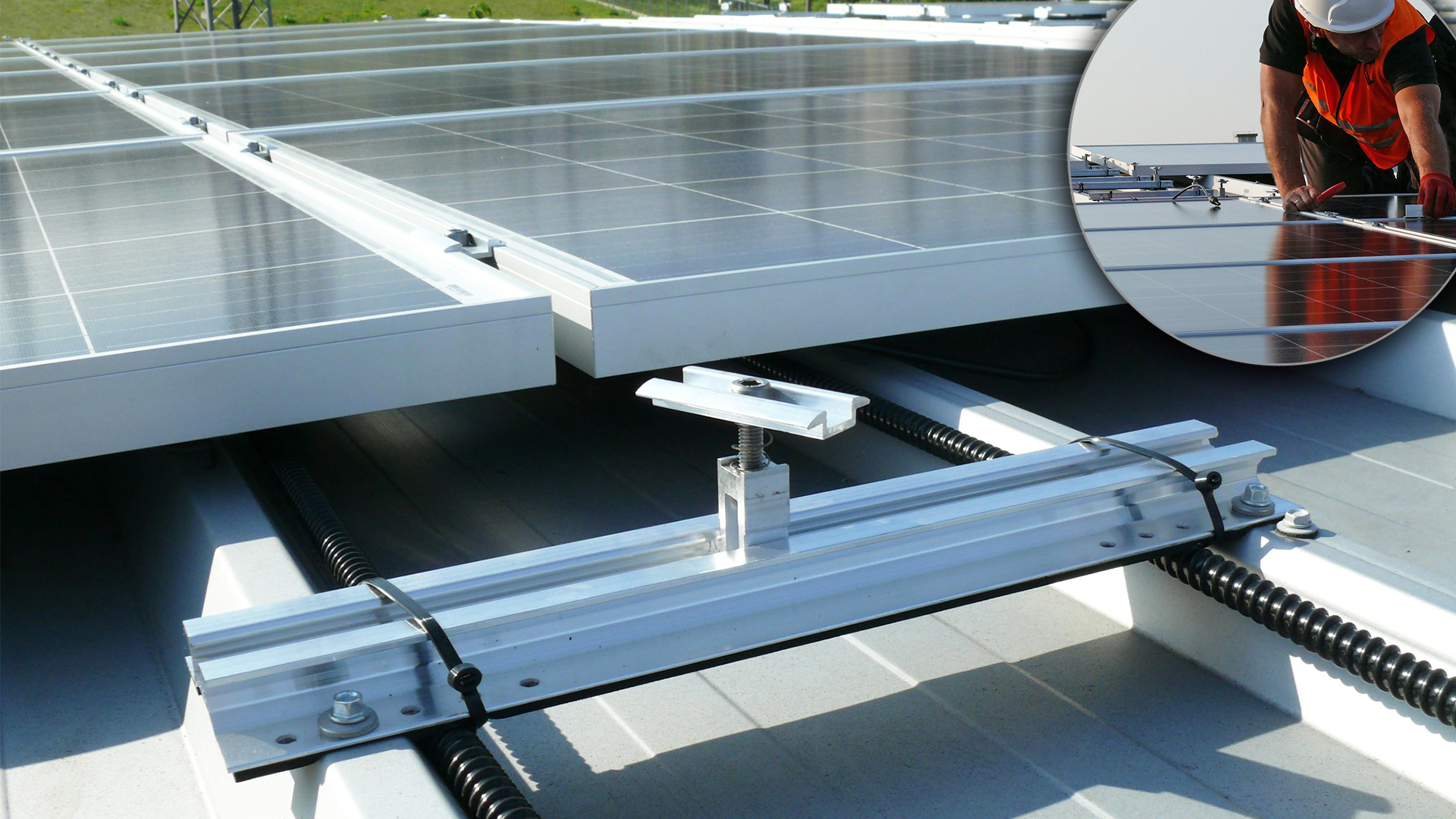UK construction industry trends in 2024
If the term ‘construction’ conjures up an image of hard hats and muddy boots, then it is time for a rethink because technology is playing an increasingly important role in the industry.
iThink Media Editorial Team

While workplace practices stretching back decades might appear entrenched, innovations such as digital twins, AI learning and increasing automation are helping the construction industry embrace the 21st century.
Here are some of the latest and greatest trends in the sector for 2024.
THE USE OF SMART TECHNOLOGY
Put simply, information and technology are being leveraged to enhance decision-making, improve efficiency and optimise various aspects of the construction process. Or in layman’s terms, there’s a whole heap of data out there that can be used to build better. A key example of this is digital twins.
The concept stretches as far back as the 1960s when computer-aided design (CAD) systems created digital representations of physical objects for design and engineering purposes. In the 2000s, with the use of sensors and IoT technology, the concept of digital twins grew beyond static CAD models and the integration of real-time data from physical objects or systems allowed for dynamic, virtual representations.
Cloud computing moved the idea on again and today, with the advent of artificial intelligence, machine learning and advanced analytics, it is coming into its element – particularly with infrastructure projects and the growth of smart cities. This leads us to the construction innovation behind those smart cities.
5G NETWORKS, SMART BUILDING AND GRIDS
While the construction of smart cities might seem a futuristic concept, more and more metropolitan areas are developing into the urban areas of tomorrow – today.
Amsterdam’s smart city initiative began in 2009 and currently includes 170-plus projects run on an interconnected platform through wireless devices to enhance the city’s real-time decision-making abilities.
The implementation of 5G networks is fundamental to supporting the massive data transfer and communication requirements of smart city applications. It enables faster and more reliable connectivity for various devices and services.
Construction in smart cities often involves the development of intelligent and sustainable buildings. These buildings use sensors and automation systems to optimise energy usage, lighting and overall resource management.
Smart grids enhance energy distribution by incorporating digital communication and control technologies. This allows for real-time monitoring of energy consumption, the integration of renewable energy sources and improved overall energy efficiency.
Cities, smart or not, still need to be built and construction will always involve putting one brick on top of another or plastering a ceiling – it’s just that now, technology is inextricably linked to the overall process.

While workplace practices stretching back decades might appear entrenched, innovations such as digital twins, AI learning and increasing automation are helping the construction industry embrace the 21st century.
Here are some of the latest and greatest trends in the sector for 2024.
THE USE OF SMART TECHNOLOGY
Put simply, information and technology are being leveraged to enhance decision-making, improve efficiency and optimise various aspects of the construction process. Or in layman’s terms, there’s a whole heap of data out there that can be used to build better. A key example of this is digital twins.
The concept stretches as far back as the 1960s when computer-aided design (CAD) systems created digital representations of physical objects for design and engineering purposes. In the 2000s, with the use of sensors and IoT technology, the concept of digital twins grew beyond static CAD models and the integration of real-time data from physical objects or systems allowed for dynamic, virtual representations.
Cloud computing moved the idea on again and today, with the advent of artificial intelligence, machine learning and advanced analytics, it is coming into its element – particularly with infrastructure projects and the growth of smart cities. This leads us to the construction innovation behind those smart cities.
5G NETWORKS, SMART BUILDING AND GRIDS
While the construction of smart cities might seem a futuristic concept, more and more metropolitan areas are developing into the urban areas of tomorrow – today.
Amsterdam’s smart city initiative began in 2009 and currently includes 170-plus projects run on an interconnected platform through wireless devices to enhance the city’s real-time decision-making abilities.
The implementation of 5G networks is fundamental to supporting the massive data transfer and communication requirements of smart city applications. It enables faster and more reliable connectivity for various devices and services.
Construction in smart cities often involves the development of intelligent and sustainable buildings. These buildings use sensors and automation systems to optimise energy usage, lighting and overall resource management.
Smart grids enhance energy distribution by incorporating digital communication and control technologies. This allows for real-time monitoring of energy consumption, the integration of renewable energy sources and improved overall energy efficiency.
Cities, smart or not, still need to be built and construction will always involve putting one brick on top of another or plastering a ceiling – it’s just that now, technology is inextricably linked to the overall process.
